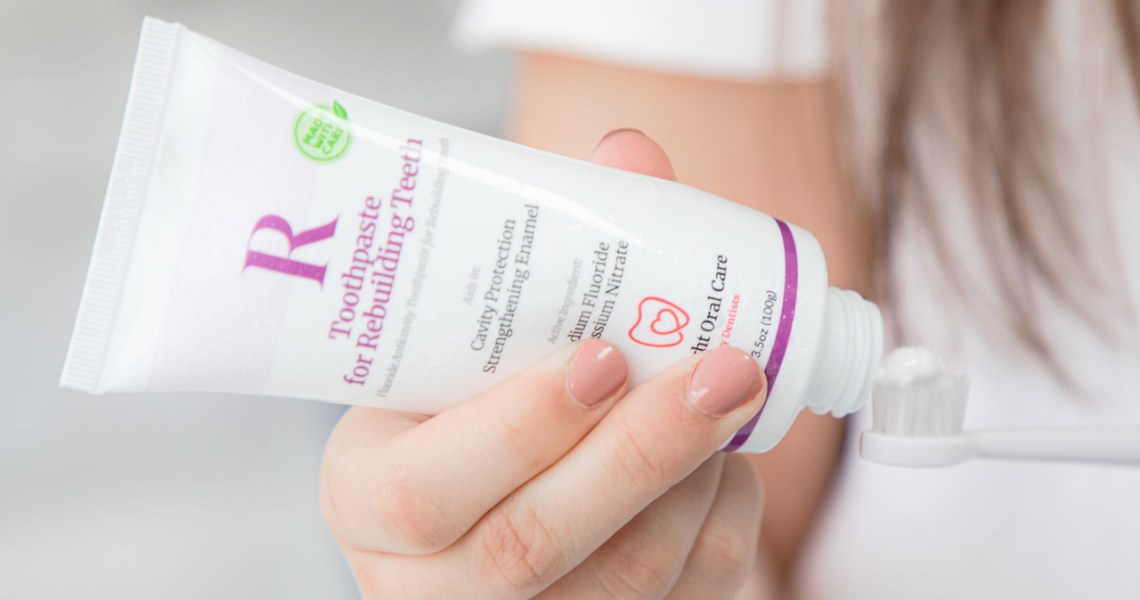As hygiene-related products have remained a resilient category during the Covid-19 pandemic, oral care is giving a boost to beauty retailers.
Four-year-old Spotlight Oral Care saw 30% week-over-week growth in sales at Ulta Beauty during the first five weeks of the lockdown in the U.S. followed by “steady” sales growth during the duration the pandemic, according to the brand. This has occurred as personal care and hygiene products have outperformed beauty in the U.S. market. Colgate-Palmolive, which has 34.9% market share in the U.S. for toothpaste, reported 12% net sales growth year-over-year in the second quarter of 2020 for North America; L’Oréal Group sales declined by 23.5% in the second quarter of 2020 in the same region. Estée Lauder experienced a 20% drop in net sales in the Americas for the year ending June 30. Like soap, oral care serves as a personal care necessity category benefiting beauty retailers as people upgrade their purchases due to the self-care effect.
“When we went into lockdown, we didn’t have the same access to dental services, dentists, hygienists or periodontists as we wanted, so people started to look at targeted active ingredients for their toothpaste,” said Vanessa Creaven, the CEO and co-founder of Spotlight Oral Care. With Spotlight priced at $10 a tube, she said the fact that people were skipping the dentist made them willing to “invest more in their toothpaste,” and spring for a higher price point.
The category of “oral beauty” has been on the rise as more brands have entered the category in recent years, including Kendall Jenner-endorsed Moon oral care launched in 2019. Beauty retailers including Sephora and Ulta have upped their toothpaste offerings; Moon was first an Ulta exclusive before its expansion. Beauty brands have also branched into oral care — makeup line Tarte has a teeth whitening pen, skin-care brand Kopari offers oral-care products, and device brand Foreo also offers an electric toothbrush.
Beauty retailers have been seeing incremental revenue with their expansions. When Spotlight sold a duo set through Ipsy earlier this year, it sold out of 1,000 sets in three hours, while a second release of 1,000 additional sets sold out in 12 hours. Traditional retailers are also getting on board with these brands, as Spotlight is also stocked at CVS in the U.S. and launches in Target on October 4.
Beauty-focused oral-care brands are part of a burgeoning group of trendy, millennial-focused oral-care startups capturing U.S. market share, including Hello, Quip, Risewell, Native, Bite and Boka. Marketing through social media and upscale branding has been a key strategy for these new labels.
“I don’t think anyone’s favorite person is their dentist,” said Creaven. “We are aware of that. We’re just trying to break down that barrier.” As photogenic millennial dentists, she and her sister Lisa Creaven serve not only as the co-founders, but also as the faces of the brand, frequently appearing on its Instagram and engaging with followers by answering oral health questions in an accessible way. “That’s really helped us in terms of that engagement with our customers and then word of mouth through that.”
Ad position: web_incontent_pos1

The rise of clean and sustainable beauty has helped boost independent toothpaste brands in the market — Spotlight, for example, promotes the fact that it is free of sodium lauryl sulfate and propylene glycol. Its tubes are also fully recyclable. But one segment of ingredient-conscious consumers that the brand does not target are the fluoride-free crowd, which have emerged as a uniquely American phenomenon.
“In comparison to Europe, in the U.S., there’s a lot more controversy around fluoride,” said Creaven. “Whereas in Europe, we’re very familiar with fluoride; we want fluoride in all our toothpaste, because we know it’s one of the most important ingredients for rebuilding tooth decay and helping with gum inflammation.”
Targeted functions have also helped the rise of the oral beauty category, with whitening being especially popular in North America.
“Oral care is like skin care, but 20 years ago,” said Creaven. “It’s merging into that beauty space. When we look at our skin care, we’re really results-driven, and we should be the same for oral care. Five or 10 years ago, everyone just used the same toothpaste, because we thought toothpaste was all the same. Now we’re looking at our teeth in a totally different way.”


